CSIRO scientists have developed new nanosensors capable of detecting very low concentrations of toxic gases such as ammonia and nitrogen dioxide, which can be reset using water molecules or ethanol.
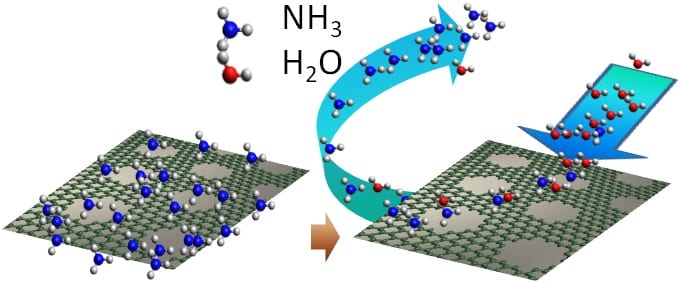


CSIRO scientists have developed new nanosensors capable of detecting very low concentrations of toxic gases such as ammonia and nitrogen dioxide, which can be reset using water molecules or ethanol.
Application of nanotechnology shown to substantially reduce necessary dose of anti-HIV antiretroviral efavirenz.
Scientists have found an efficient way to deliver nanoparticles containing a wide range of biomolecules without using endocytosis, for faster drug delivery.
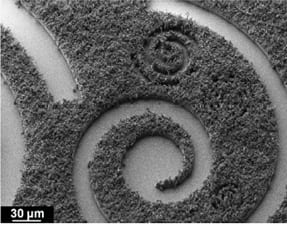
Researchers describe a generic patterning technique that combines UV-lithography with the hot-pressing of preformed metal-organic framwork crystals.
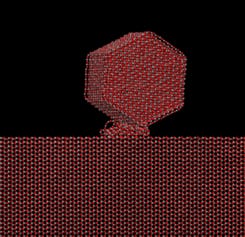
Researchers create a dense, thick, and organic-binder-free ceramic film consisting of stress-free nanoparticles at room temperature.
Team investigate the ability of the body to accept stretchable electronic devices for long-term use.
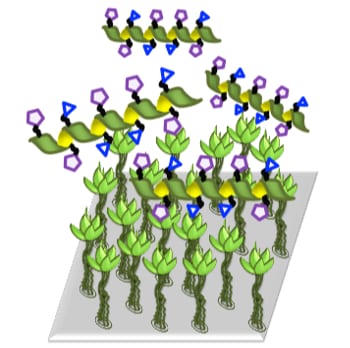
A precisely designed macromolecule that mimics the binding of HIV to immune system cells could be used to stop the virus from physically entering the body.
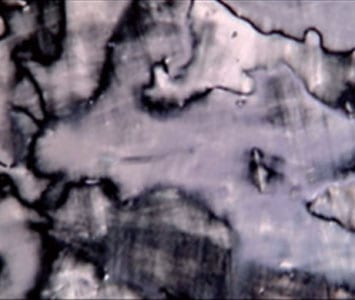
Nanotechnology tool may help in in detecting harmful gases, pathogens, or explosives.
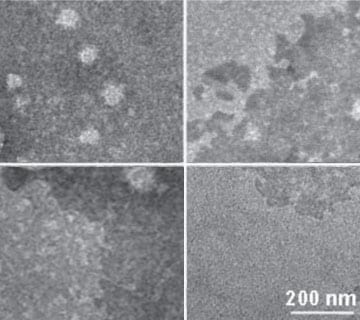
Jun Feng and collaborators address drug delivery challenges by applying boronic acid coupling and host-guest chemistry.
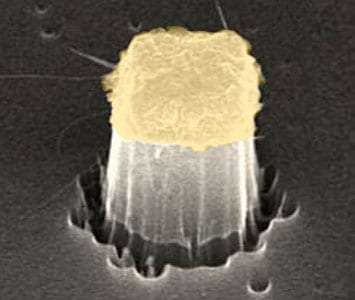
Ultraclean carbon nanotubes hold promise for advances in optical fiber communications, solar cells and LEDs.